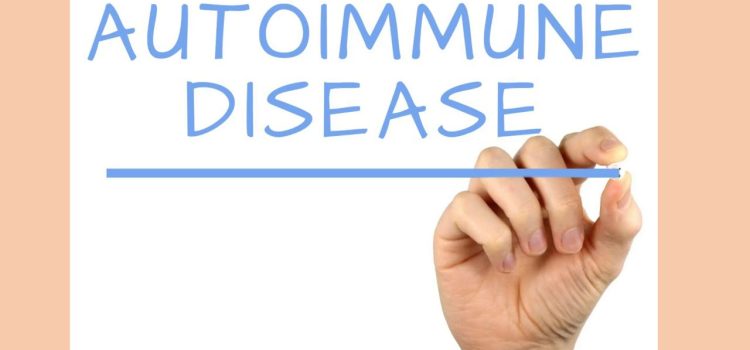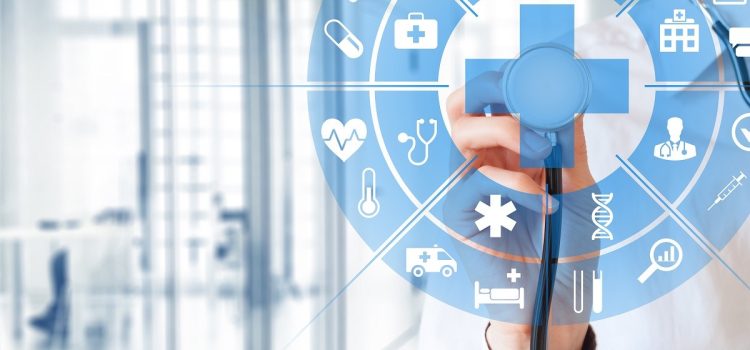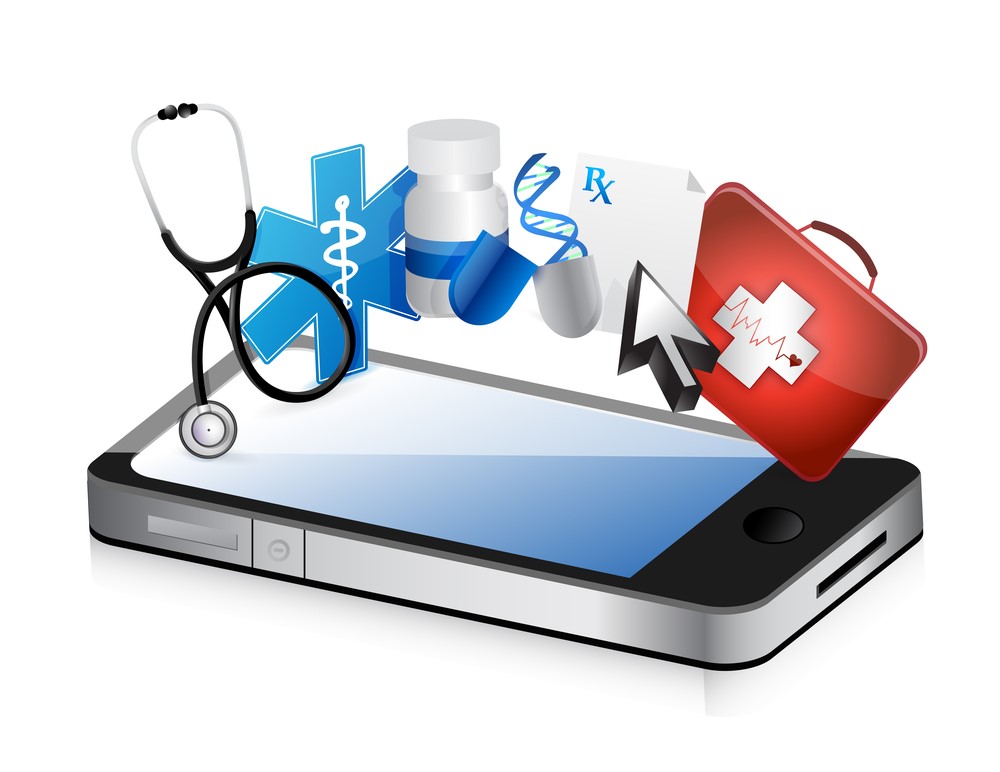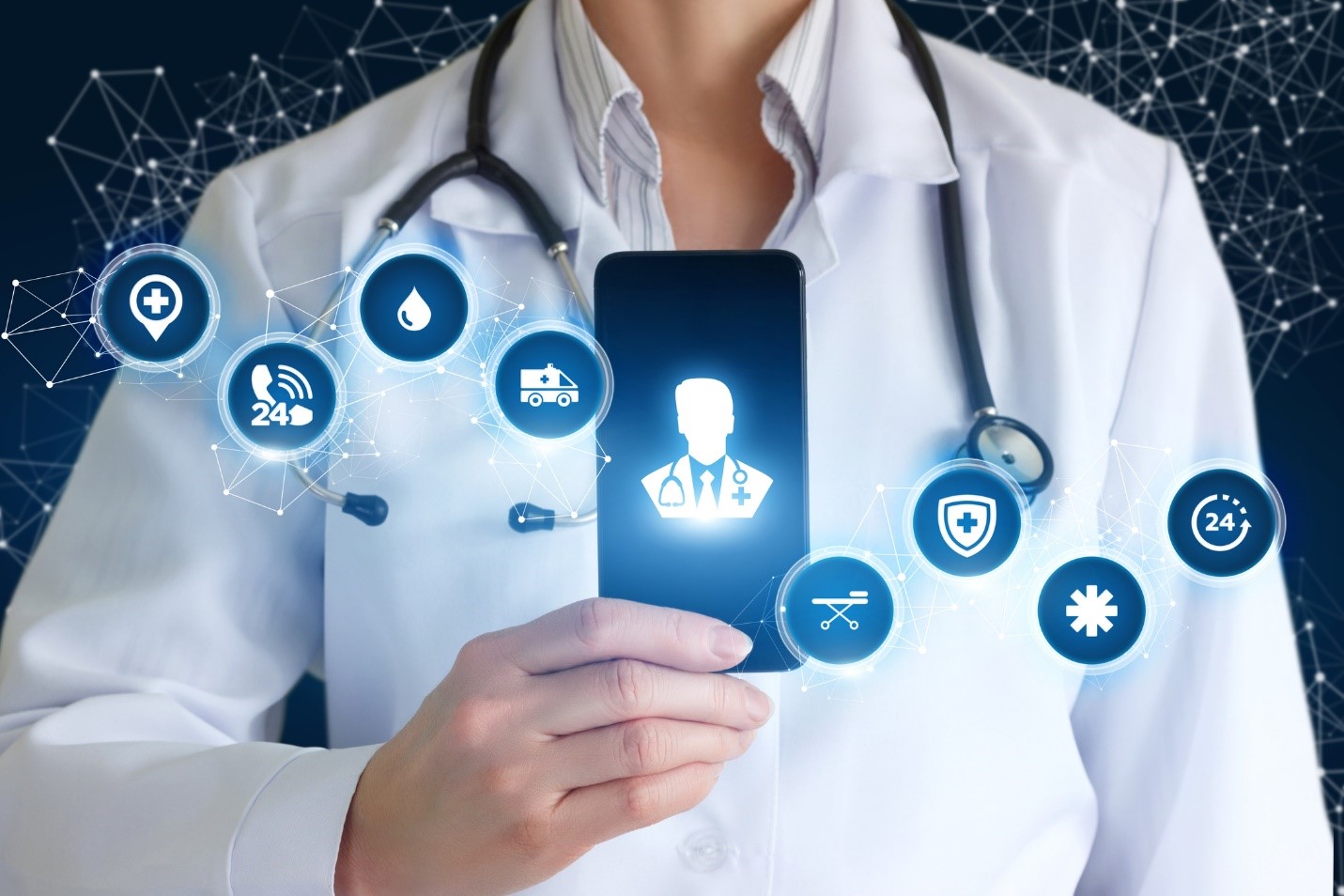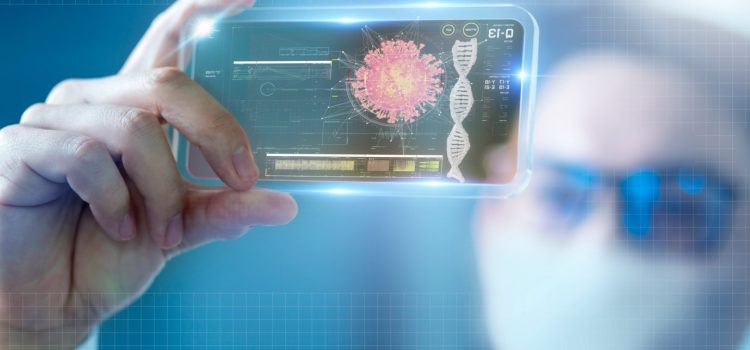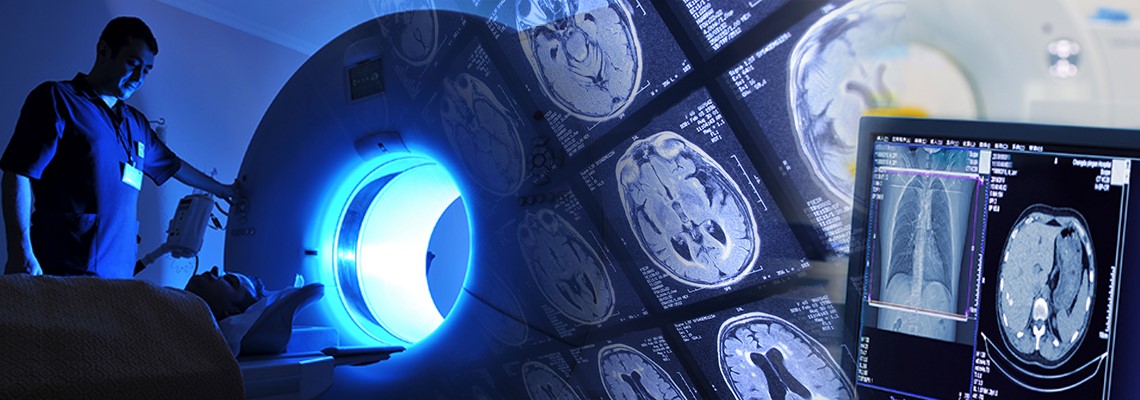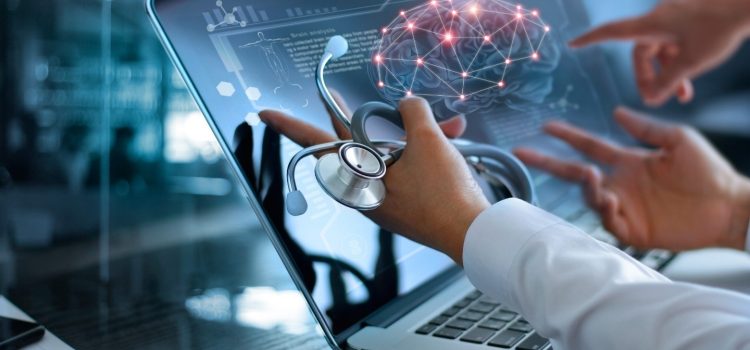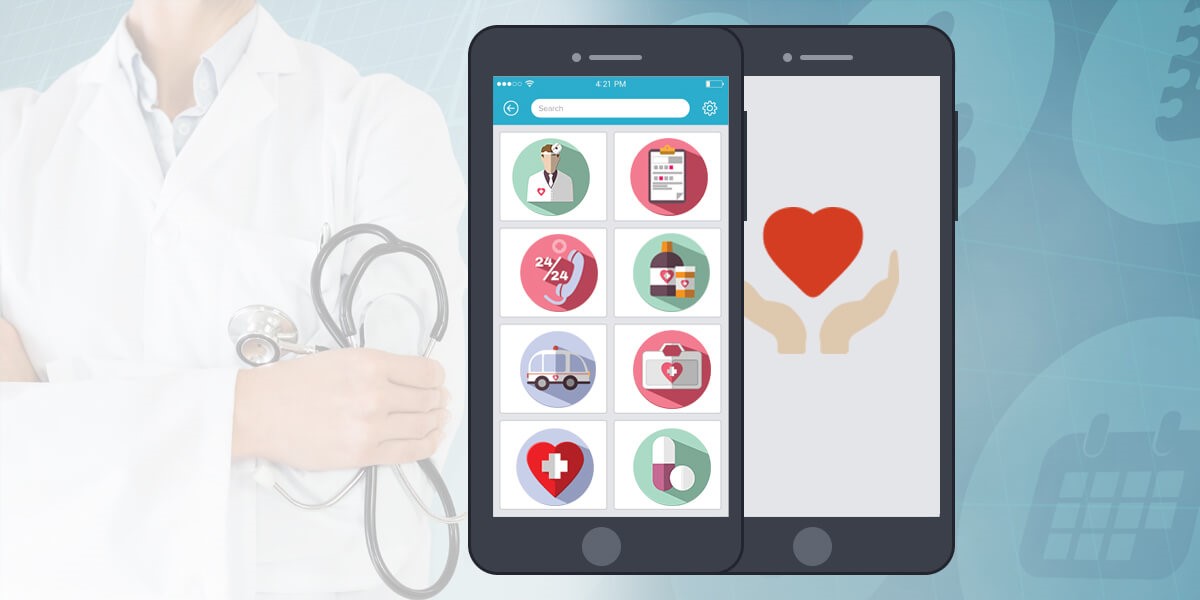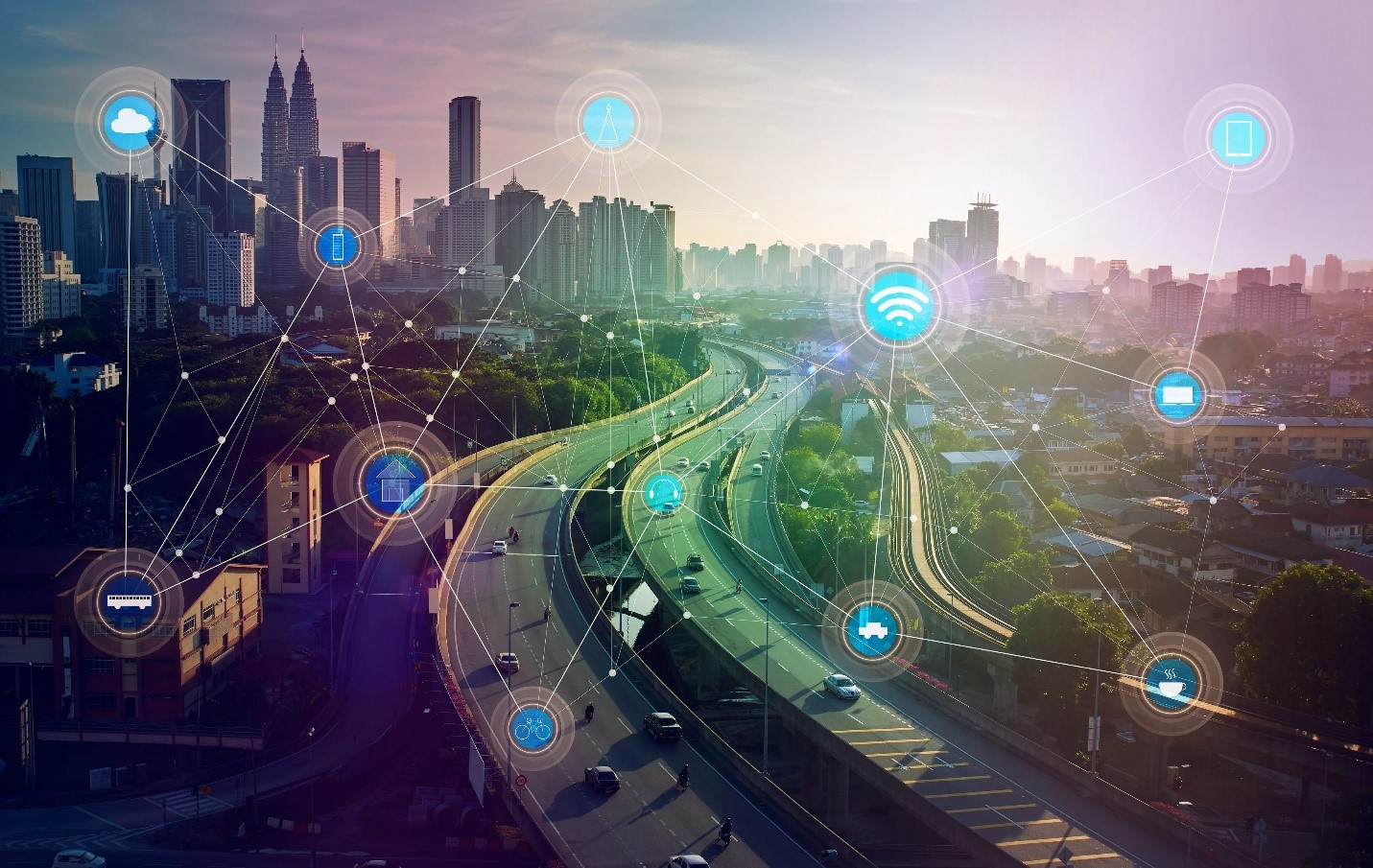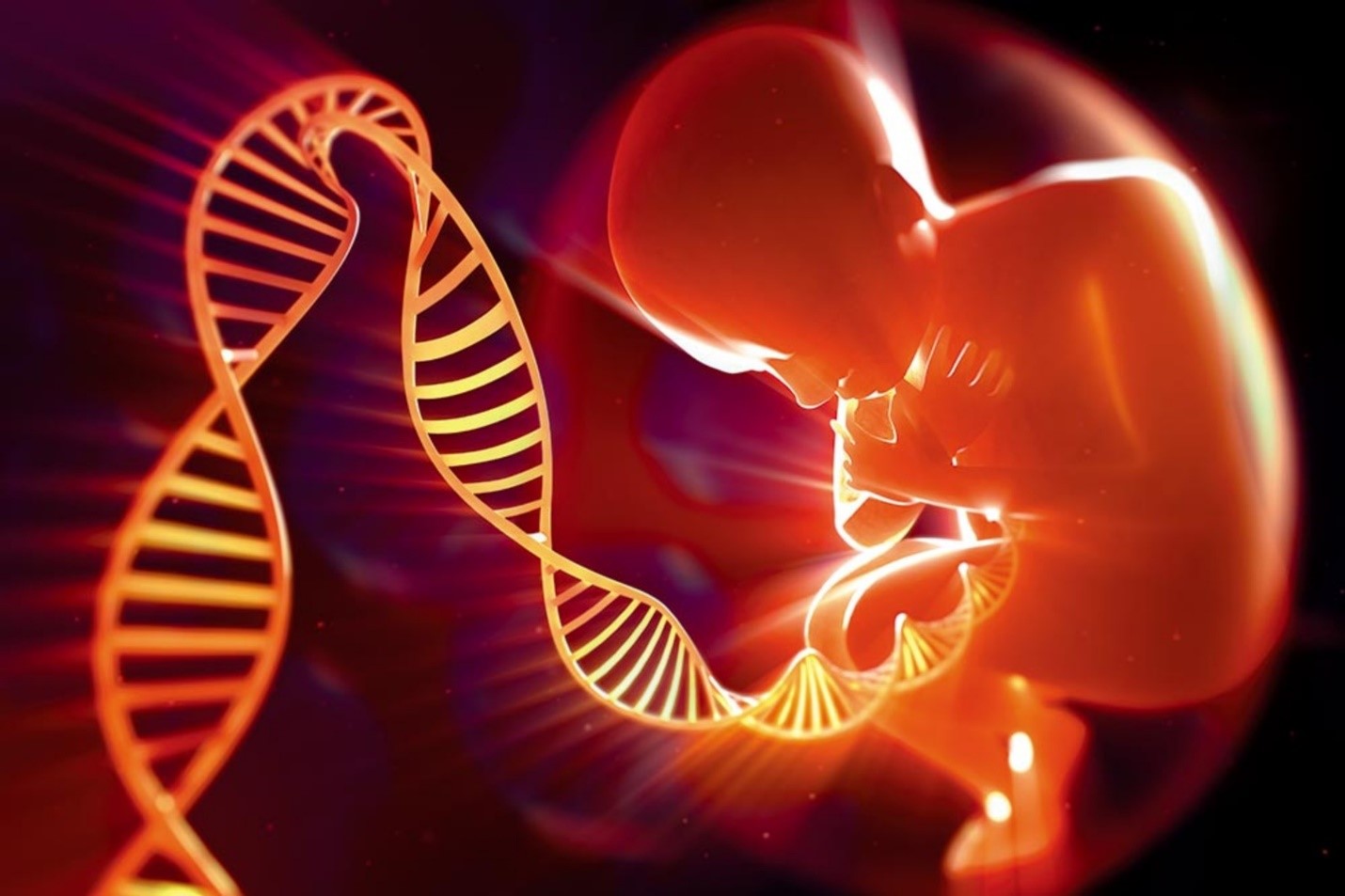
In recent years, the advent of Artificial Intelligence (AI) has revolutionized numerous sectors, with public health research standing out as a field poised for transformative change. As we look into 2024, the integration of AI into public health research continues to accelerate, offering unprecedented opportunities and challenges. This article explores the pivotal role AI plays in advancing public health research, highlighting key developments and potential implications.
The Promise of AI in Public Health Research
AI’s potential in public health research is vast, ranging from enhancing data analysis to predicting disease outbreaks and personalizing healthcare interventions. At its core, AI leverages machine learning algorithms, natural language processing, and data analytics to process vast amounts of data more efficiently and accurately than traditional methods.
Data Analysis and Interpretation
One of the most significant contributions of AI to public health research is its ability to handle large datasets. Public health researchers often deal with extensive data from various sources, including electronic health records, social media, and genomic databases. AI algorithms can sift through this information, identifying patterns and correlations that might be missed by human analysts. This capability not only speeds up research processes but also enhances the accuracy of findings.
Predictive Analytics
AI’s predictive analytics capabilities have become a game-changer in anticipating public health trends. For instance, machine learning models can analyze historical data to predict future disease outbreaks, allowing public health officials to allocate resources proactively and implement preventive measures. In 2024, AI-driven predictive analytics are expected to play a crucial role in managing infectious diseases, chronic conditions, and even mental health issues.
Personalized Health Interventions
The era of one-size-fits-all healthcare is gradually fading, thanks to AI. By analyzing individual health data, AI can help design personalized health interventions tailored to an individual’s unique genetic makeup, lifestyle, and environmental factors. This personalized approach not only improves treatment outcomes but also contributes to more efficient public health strategies.
Key Developments in 2024
As AI continues to evolve, several key developments are shaping its impact on public health research in 2024:
Integration with Genomic Data
The integration of AI with genomic data is revolutionizing our understanding of diseases at a molecular level. AI algorithms can analyze complex genomic datasets to identify genetic markers associated with diseases, paving the way for more targeted therapies and preventive measures. This integration is particularly promising in the field of cancer research, where AI is helping to identify new drug targets and predict patient responses to treatments.
AI-Driven Epidemiological Models
In 2024, AI-driven epidemiological models are becoming more sophisticated, providing valuable insights into disease transmission dynamics. These models can simulate various scenarios, helping public health officials develop effective strategies for disease control and prevention. Furthermore, AI’s ability to incorporate real-time data ensures that these models remain accurate and relevant in rapidly changing situations.
Natural Language Processing in Public Health Surveillance
Natural language processing (NLP), a subset of AI, is increasingly used in public health surveillance. NLP algorithms can analyze textual data from multiple sources, such as social media, news articles, and scientific publications, to detect early signs of disease outbreaks or public health concerns. This real-time surveillance capability enhances the responsiveness of public health systems, allowing for quicker interventions.
Challenges and Ethical Considerations
Despite its promise, the integration of AI into public health research is not without challenges. Ethical considerations, data privacy concerns, and the risk of algorithmic bias are significant issues that need to be addressed.
Data Privacy and Security
The use of AI in public health research often involves handling sensitive personal data. Ensuring data privacy and security is paramount to maintaining public trust. Researchers must implement robust data protection measures and adhere to ethical guidelines to safeguard individuals’ privacy while leveraging AI’s capabilities.
Algorithmic Bias
AI algorithms are only as good as the data they are trained on. If the training data is biased or unrepresentative, the resulting AI models may perpetuate existing inequalities in healthcare. Addressing algorithmic bias requires careful consideration of data sources and ongoing efforts to ensure AI systems are fair and equitable.
Ethical Use of AI
The ethical use of AI in public health research involves balancing the potential benefits with the risks. Researchers must consider the implications of AI-driven decisions on individuals and communities, ensuring that AI is used to enhance, rather than replace, human judgment. Transparent and accountable AI systems are crucial for maintaining ethical standards in public health research.
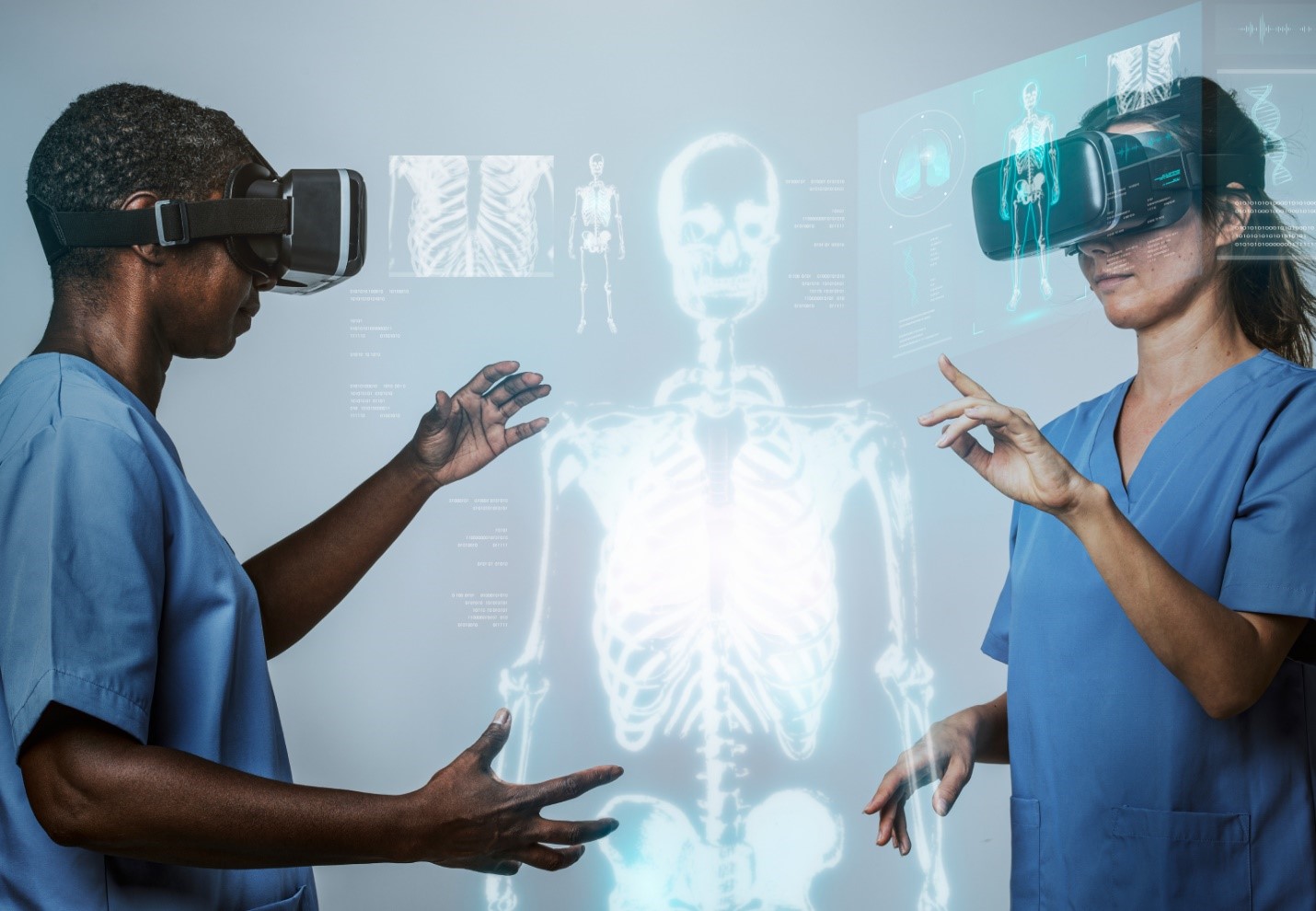
The Future of AI in Public Health Research
Looking ahead, the future of AI in public health research appears promising, with ongoing advancements expected to further enhance its impact. Collaboration between AI experts, public health researchers, and policymakers will be essential to harness AI’s full potential while addressing its challenges.
Interdisciplinary Collaboration
Interdisciplinary collaboration is key to realizing AI’s potential in public health research. By bringing together experts from various fields, including computer science, epidemiology, and ethics, researchers can develop more robust AI models and address complex public health challenges from multiple perspectives.
Continuous Learning and Adaptation
AI systems must continuously learn and adapt to remain effective in the dynamic field of public health. Ongoing research and development efforts are needed to refine AI algorithms, incorporate new data sources, and address emerging public health issues. This adaptability ensures that AI remains a valuable tool for researchers and public health officials.
Policy and Regulation
Policymakers play a crucial role in shaping the future of AI in public health research. Clear guidelines and regulations are needed to ensure the ethical and responsible use of AI, protect data privacy, and promote equitable access to AI-driven healthcare solutions. Collaborative efforts between governments, research institutions, and industry stakeholders will be essential in developing effective policies.
Conclusion
As we navigate 2024, the impact of AI on public health research is undeniable. From enhancing data analysis to predicting disease outbreaks and personalizing healthcare interventions, AI is transforming the way we approach public health challenges. While the potential benefits are significant, addressing ethical considerations, data privacy concerns, and algorithmic bias is crucial to ensure AI’s responsible and equitable use.
By fostering interdisciplinary collaboration, continuous learning, and effective policy development, we can harness the power of AI to improve public health outcomes and create a healthier, more equitable future for all. As AI continues to evolve, its role in public health research will undoubtedly expand, offering new opportunities to advance our understanding of health and disease in ways previously unimaginable.









